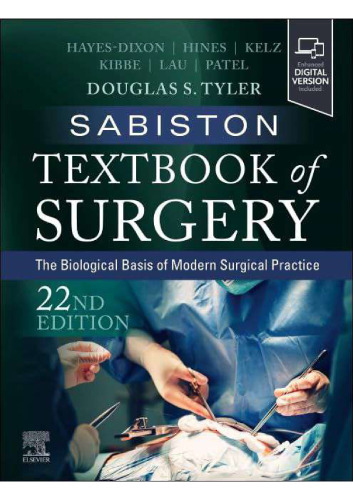دانلود کتاب Sensation & Perception (5th edition)
Author:
Jeremy M. Wolfe; Keith R. Kluender; Dennis M. Levi; Linda M. Bartoshuk; Rachel S. Herz; Roberta L. K
0 (0)
توضیحات کتاب :
Sensation & Perception, Fifth Edition introduces students to their own senses, emphasizing human sensory and perceptual experience and the basic neuroscientific underpinnings of that experience
سرچ در وردکت | سرچ در گودریدز | سرچ در اب بوکز | سرچ در آمازون | سرچ در گوگل بوک
1,654 بازدید 2 خرید
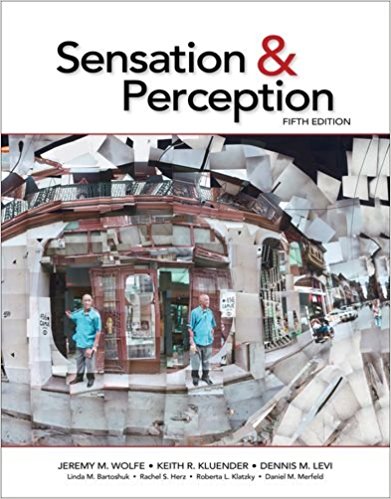

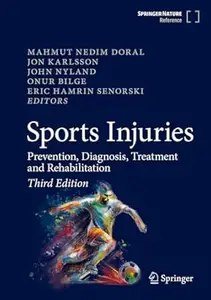
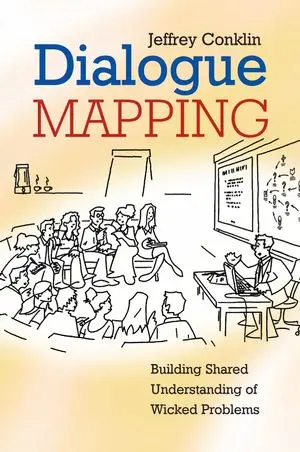

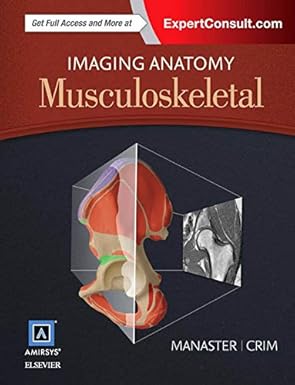
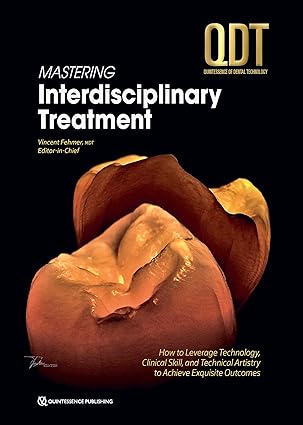


![Clinical Management of Swallowing Disorders (6th Edition) [2025] - Orginal Pdf Clinical Management of Swallowing Disorders (6th Edition) [2025] - Orginal Pdf](https://dl.libsan.ir/images/1/12/Clinical Management of Swallowing Disorders_68fdc2997972e.webp)
